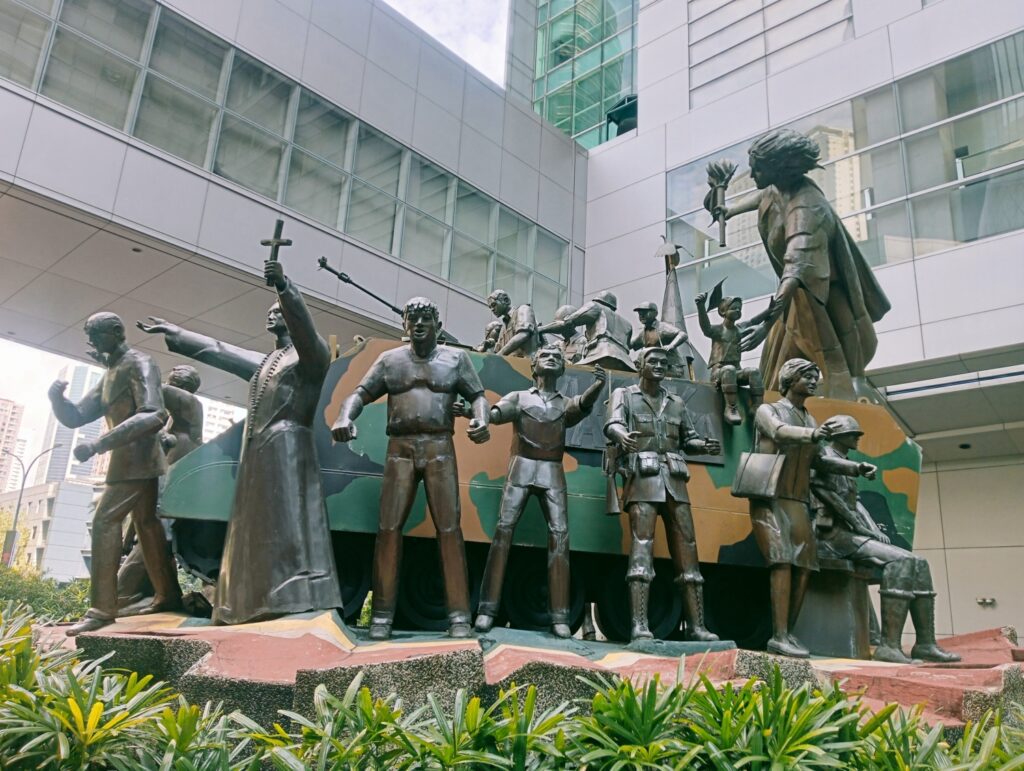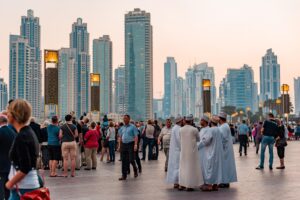The Philippines has over 7,600 islands scattered across the sea. Its borders were shaped by colonizers and later written into law.
It started with the Spaniards, who unified it under one colonial government and named it “Las Islas Filipinas,” establishing Manila as the capital.
The Spaniards made Manila the capital of the Philippines on June 24, 1571. This date is now celebrated as Manila Day.
Later, the Americans reinforced territorial definitions through treaties and administrative maps during their occupation.
These colonial frameworks influenced how it defined its national territory in the 1987 Constitution, which is being used today.
The Current Philippine Constitution Is the 1987 Constitution
The Philippines has had several constitutions throughout its history, but the 1987 Constitution is the one currently in use.
It was created after the People Power Revolution in 1986, which removed Ferdinand Marcos Sr. from power.

National Territory of the Philippines as Defined in the Constitution
The national territory is found in Article I of the 1987 Constitution. It was a long statement, so here is the shortened version:
“The national territory includes the entire Philippine archipelago and all areas where the Philippines has sovereignty or jurisdiction (land, water, airspace, seabed, subsoil, and submarine zones). The waters surrounding, between, and linking the islands are considered internal waters.”
Let us break down the Philippine national territory based on the constitution.
All Islands That Form the Philippines
All islands that make up the Philippines are part of its national territory.
This may seem obvious, but it must be said because there are thousands of islands of different sizes. Some are big, like Luzon and Mindanao, while others are very small and far away from the mainland.
The Philippines is divided into three main island groups, namely Luzon, Visayas, and Mindanao.
Even the tiny islands are included in the national territory.
All Mountains, Valleys, Plains, and Other Land Areas
The mountains, valleys, plains, forests, deserts, and other land areas in the Philippines are part of the Philippines.
All Seas, Bays, Straits, and Channels Between Islands
The Philippines is made up of islands, and the waters between and around them are just as important as the land itself.
“Waters” include all seas, bays, straits, and channels.

12 Nautical Miles From the Baseline
The 1987 Constitution follows international law by recognizing a 12-nautical-mile territorial sea from the baseline.
The baseline is the outline drawn around the outermost points of the islands. From there, the Philippines claims 12 nautical miles outward into the sea.
Exclusive Economic Zone
Beyond the 12-nautical-mile territorial sea, the Philippines also has what is called an Exclusive Economic Zone.
This stretches up to 200 nautical miles from the baseline.
Not all countries have an Exclusive Economic Zone. Landlocked countries, in particular, don’t have access to the sea.
Within this zone, it doesn’t have full sovereignty, but it has exclusive rights to use the resources found there.
In other words, only Filipinos can fish, drill for oil, mine undersea minerals, or use other resources in that zone.
Underwater Landmass
The underwater landmass connected to the land and islands of the Philippines is included in its national territory.
This refers to the continental shelf, which is the underwater extension of the land before it drops into the deep ocean.
Airspace Above Land and Waters
The national territory is not only about land and sea but also the air above it.
Planes can’t just enter Philippine airspace without clearance, or fees if needed, because it could be dangerous or even used for spying.
Other Territories by Law, History, and Treaties
The Philippines may have claims to other territories based on law, history, or international treaties. They are part of its national territory.

The Philippines Is an Archipelago That Is Treated as One Single Unit
The Archipelagic Doctrine was first introduced in the 1973 Constitution. This sees the Philippines as a single unit despite it being an archipelago.
The waters between and around islands are part of its national territory, and the marine resources in those waters are for Filipinos alone.










